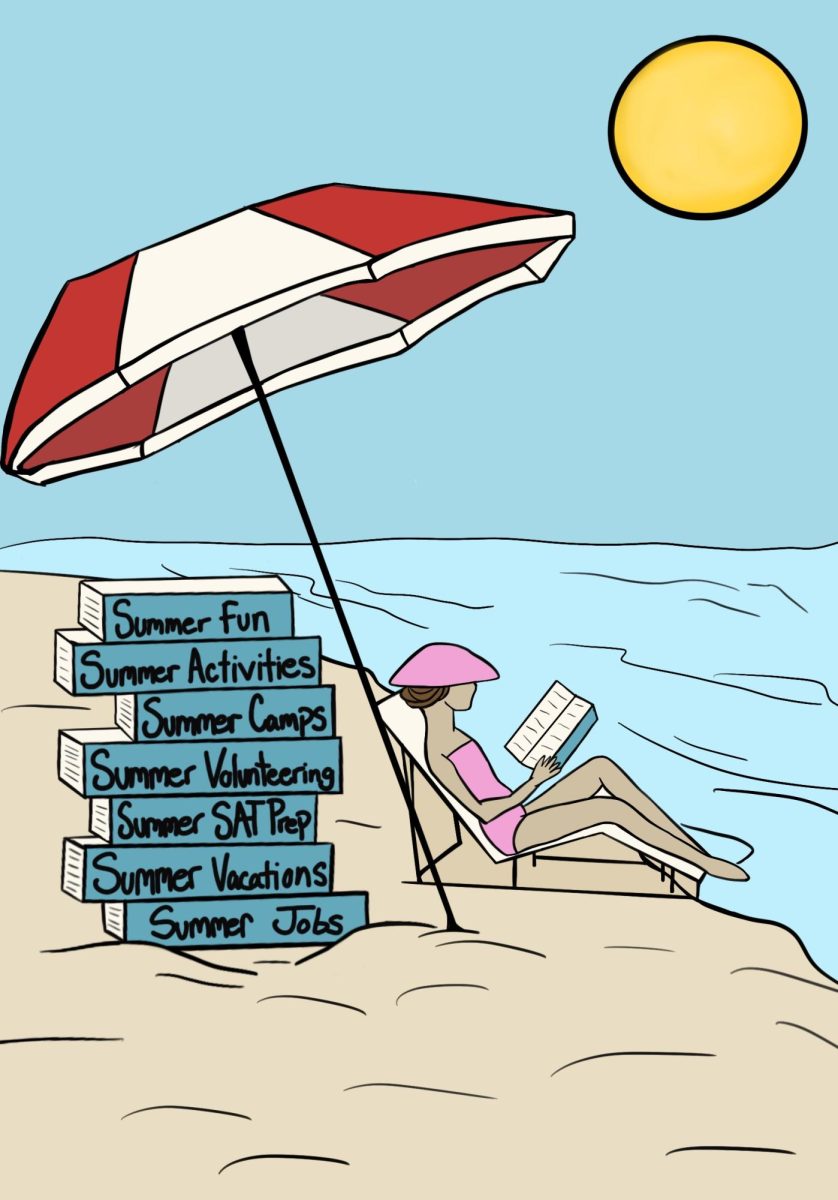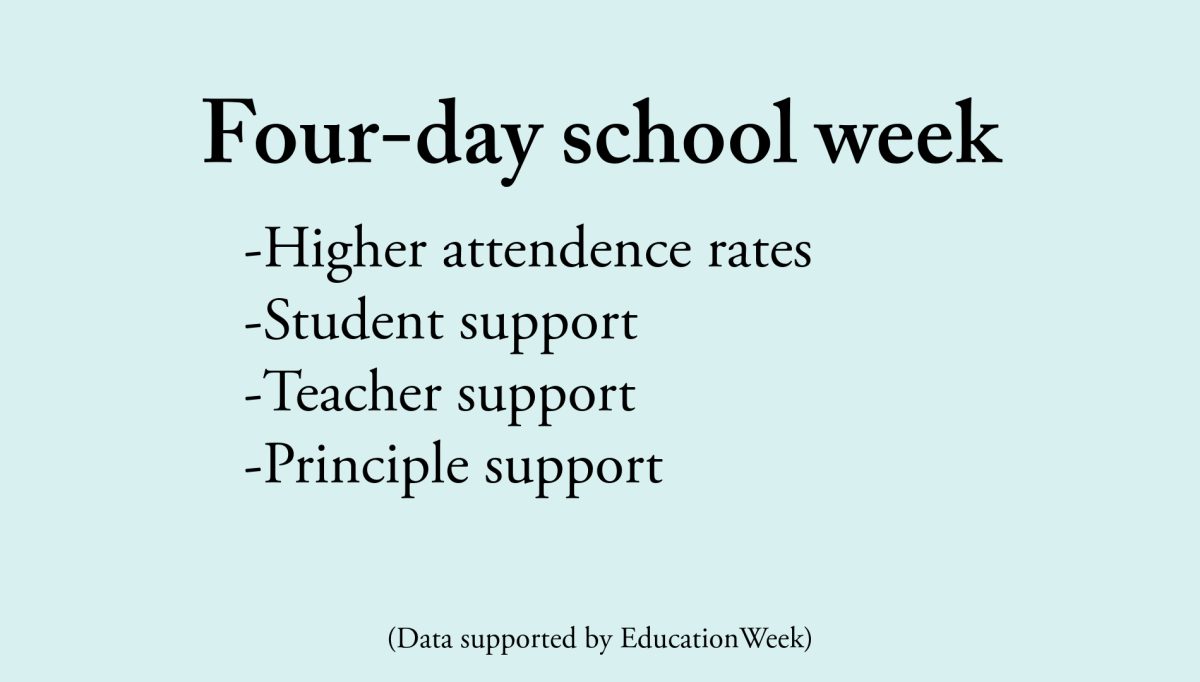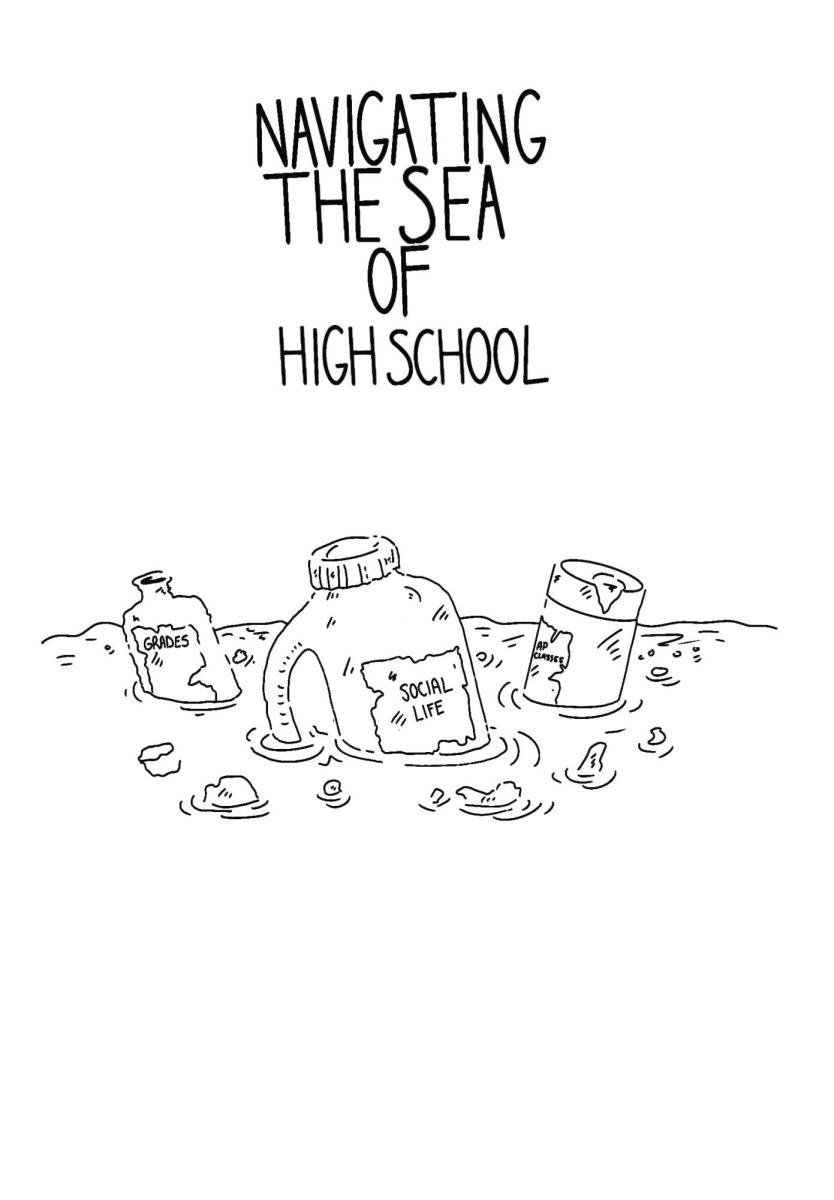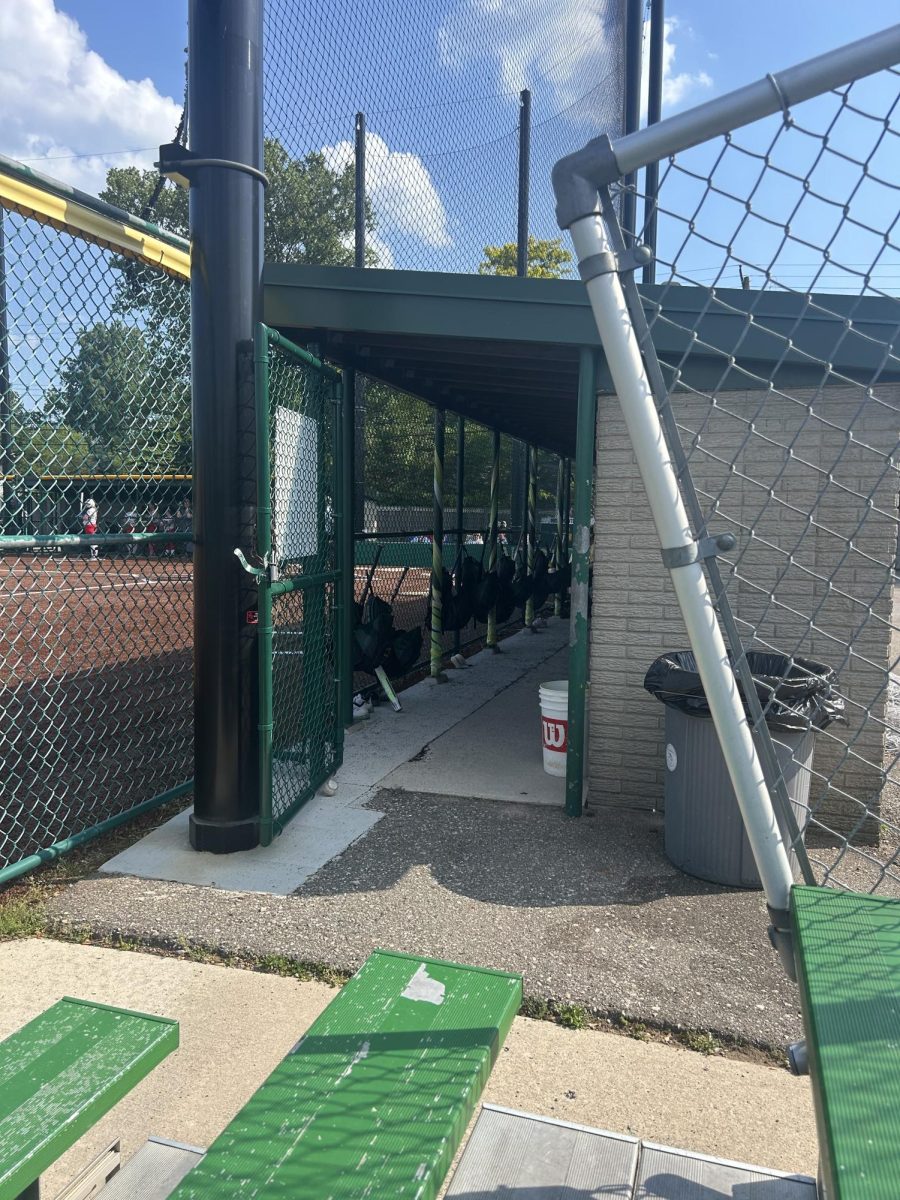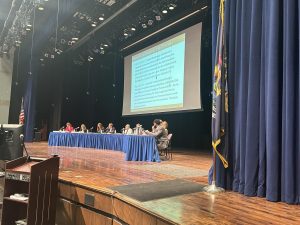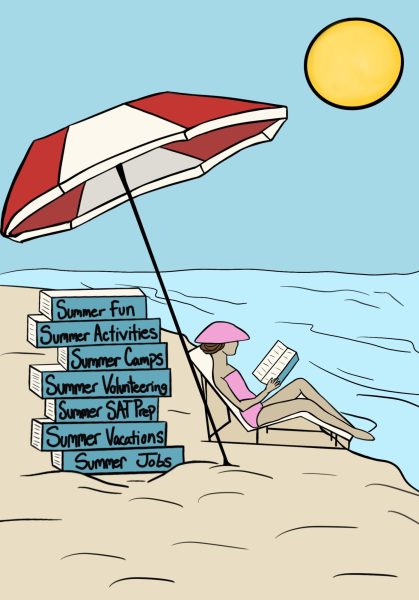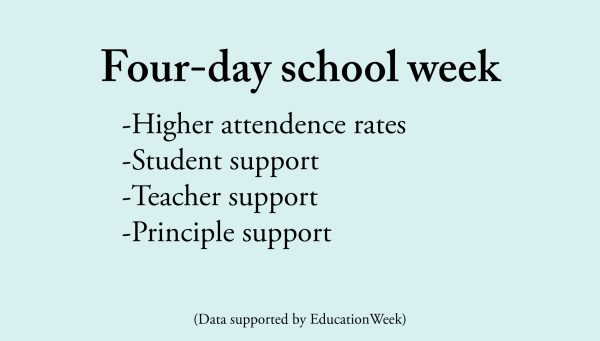The unending cycle of stress
May 20, 2022
Now more than ever, students take on more full academic and extracurricular plates to be attractive to colleges, satisfy parents and make the most out of their high school years. According to a poll of 35 students, South students do an average of 10.8 hours of homework per week, and actively participate in two extracurricular activities.
Considering the many hours of homework and extracurriculars students dedicate each week to bettering themselves, students sometimes need a break when it gets to be too much. Managing such a heavy load requires a bit more leniency from teachers, especially for those in honors and AP classes or many after-school programs.
Around the country, students feel pressure to do well in every aspect of life. According to a Pew Research study from 2019, only four percent of high school students don’t see anxiety and depression–common symptoms of stress–as issues among their peers. About 50 percent of students said they are under at least some pressure to be good at sports, and 60 percent said the same about being involved in extracurriculars. Going about their day, just under 75 percent of students said they are tense or nervous at least sometimes.
These numbers are a staggering reality of how stressed out the average student is. South students are already under enough stress with in-school work, social relationships and getting ready for the future. School isn’t the only thing in students’ lives, and while homework can be beneficial, at some point it becomes more of a burden than a tool to help students succeed.
According to an Indiana University study on 18,000 10th grade students, there is little correlation between time spent on homework for math and science classes and higher grades. The weekend before the AP US History test, I spent around 13 hours on a review packet due the Thursday before the test; I only got through half of it despite spending so much time. In the end, I probably spent upwards of 20-25 hours, the majority of my weekend and weeknights, on that packet, totalling 44 pages in the end.
Although the district is doing a lot to help students, such as the implementation of wellness week and the creation of the “chill room” in the counselling center, stress is a very common issue stemming from a high workload. Students shouldn’t be under such a high amount of stress while still in high school.
It only snowballs and causes more stress and issues, which giving students occasional breaks can ease. The easiest way I have found to achieve this goal is by asking a teacher for an extension. There have been many weeks where I have been extremely busy and my teachers understood and allowed me to take a test the next day or have an assignment due a few days later. I urge teachers as well to recognise their students’ stress and continue to encourage students to reach out.
High school should be a fun, relaxing time where students make memories they can look back on their entire lives, not one where students are stuck in a loop of anxiety and ever-mounting pressure damaging mental health in the name of homework.













































